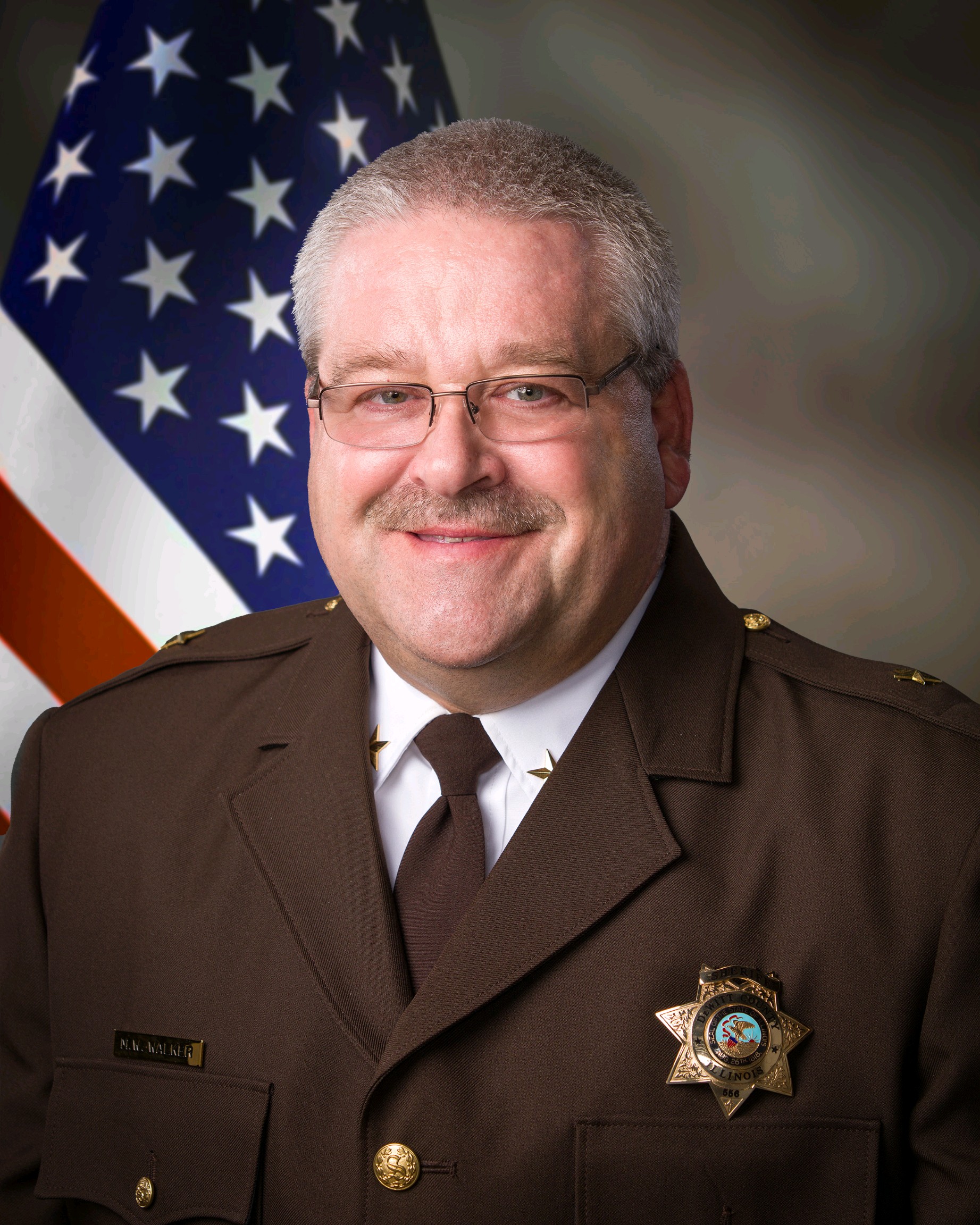SEATTLE (AP) — A Tesla that may have been operating on the company’s Autopilot driving system hit and killed a motorcyclist near Seattle, raising questions about whether a recent recall went far enough to ensure Tesla drivers using Autopilot pay attention to the road.
After the crash Friday in a suburban area about 15 miles (24 kilometers) northeast of the city, the driver of a 2022 Tesla Model S told a Washington State Patrol trooper that he was using Autopilot and looked at his cellphone while the Tesla was moving.
“The next thing he knew there was a bang and the vehicle lurched forward as it accelerated and collided with the motorcycle in front of him,” the trooper wrote in a probable-cause document.
The 56-year-old driver was arrested for investigation of vehicular homicide “based on the admitted inattention to driving, while on Autopilot mode, and the distraction of the cell phone while moving forward, putting trust in the machine to drive for him,” the affidavit said.
The Tesla driver told the trooper that he was driving home from having lunch when the crash occurred at about 3:45 p.m.
The motorcyclist, Jeffrey Nissen, 28, of Stanwood, Washington, was under the car and pronounced dead at the scene, authorities reported.
Authorities said they have not yet independently verified whether Autopilot was in use at the time of the crash. “We have not gotten that far yet. It’s very early stages of the investigation,” Washington State Patrol Capt. Deion Glover said Wednesday.
The death comes about four months after U.S. auto safety regulators pressured Tesla into recalling more than 2 million vehicles to fix a defective system that’s supposed to make sure drivers pay attention when using Autopilot.
A message was left Wednesday seeking comment from Tesla, which collects online data from its vehicles.
Under the December recall, part of a two-year investigation into Teslas on Autopilot hitting emergency vehicles parked on roadways, Tesla reluctantly agreed to update Autopilot software to increase warnings and alerts to drivers.
Autopilot can keep a car centered in its lane and a distance from vehicles in front of it, but Tesla says on its website that the cars can’t drive themselves, despite the name.
The company’s monitoring system sends alerts to drivers if it fails to detect torque from hands on the steering wheel, a system that experts have described as inadequate. They say the systems should have infrared cameras that make sure drivers have their eyes on the road.
It’s not known whether the Tesla involved in the Washington motorcyclist’s death got the software update specified in the recall, but documents filed by Tesla with the National Highway Traffic Safety Administration say most newer Teslas have software that would automatically include the update.
Kelly Funkhouser, associate director of vehicle technology for Consumer Reports, said it’s her understanding that the software update automatically went to most Teslas.
Many Teslas have cameras in the cabin that can watch drivers using Autopilot, but Funkhouser said Consumer Reports found in testing that the cameras can be covered up by drivers without consequences.
The government should be investigating the crash to see if the recall fixes are doing what they were intended to do, said Philip Koopman, a professor at Carnegie Mellon University who studies vehicle-automation safety.
If Autopilot was in use, “NHTSA should be looking at this as a data point as to whether Tesla has effectively removed unreasonable risk from the use of Autopilot,” Koopman said. “The problem is this affects other road users, which is why regulatory intervention is appropriate.”
A message was left seeking comment from NHTSA. Since 2016, the agency has sent investigators to at least 35 crashes in which Teslas suspected of operating on a partially automated driving system hit parked emergency vehicles, motorcyclists or tractor trailers that crossed in the vehicles’ paths, causing a total of 17 deaths.
The agency also is investigating crashes involving automated driving systems from other automakers. Most recently it sent teams to two fatal crashes involving Ford Mustang Mach-E electric vehicles.
____
Krisher reported from Detroit.
Brought to you by www.srnnews.com
















